Before embarking on a perilous trek through the jungle, drug couriers in Colombia turn to shamans for protection.
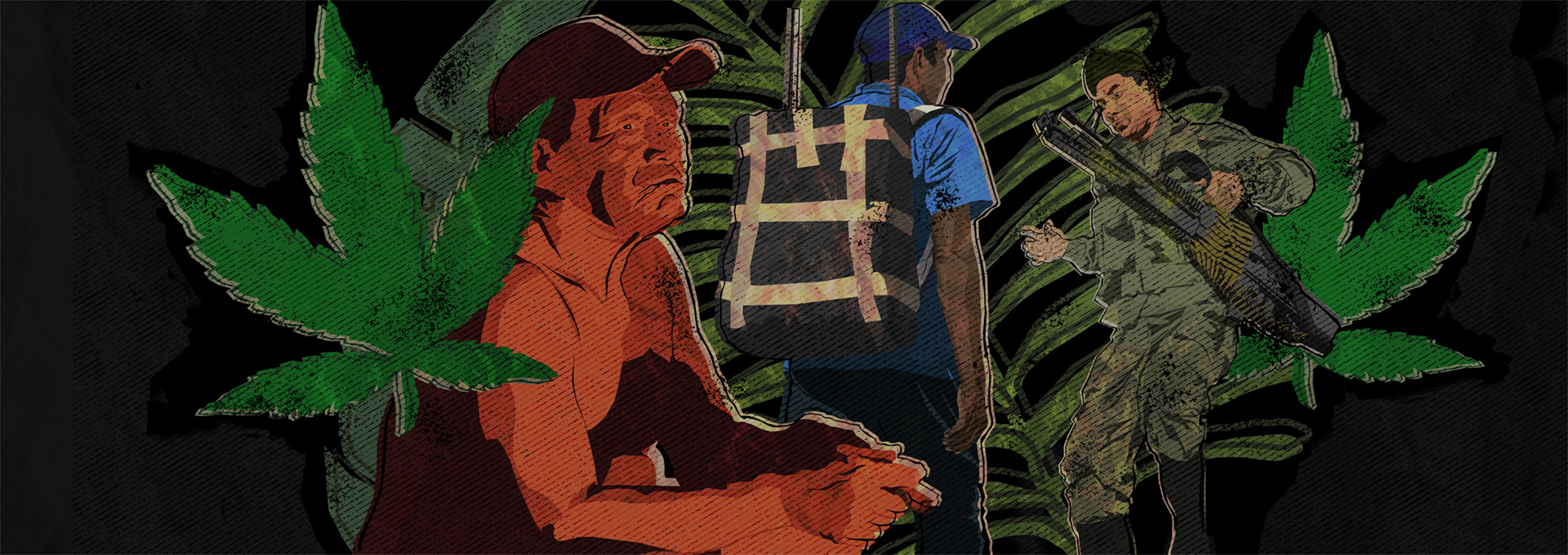
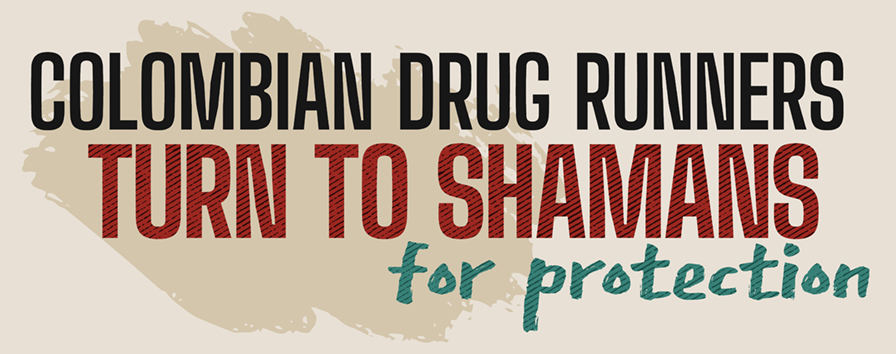
By Bram Ebus, with additional reporting by Andrés Cardona
Moonlight seeps through an opening in the palm-thatch roof of the maloca, a circular communal house in the Indigenous village of La Pedrera, in a remote corner of southern Colombia. Seated in the center of the building, a Murui shaman chants and hums melodically, his eyes heavy-lidded in deep concentration.
The shaman passes around a white plastic container filled with green powder. Each of the young men in the circle scoops a pinch of the powder into his cheek and moistens it with saliva. The older man’s lips are coated with the powder, a mixture of pulverized coca leaves and ash called mambe, an integral part of rituals that helps the participants focus.
Sitting beside the shaman is Mateo,* a Murui man in his 30s dressed in shorts and flip-flops. Every time he prepares for a grueling three-week journey through the dense jungle, he comes to ask the shaman for spiritual protection. Along the way, he is used to facing not only venomous snakes, but also thieves and law enforcement patrols.
On his journeys through the jungle, Mateo carries several dozen kilos of marijuana that belongs to a Colombian guerrilla group. His job is to deliver it to a Brazilian criminal organization.
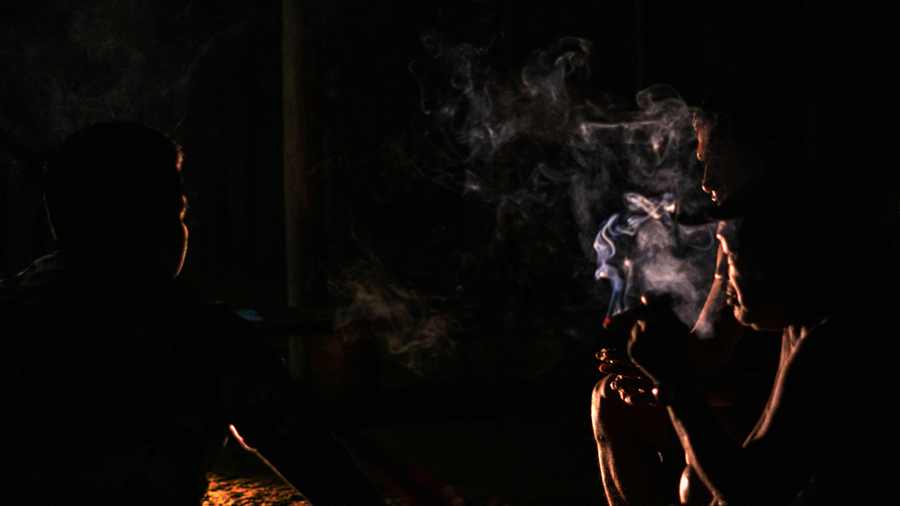
Although medical marijuana is gradually gaining legal status in various countries, the illicit drug economy is driven by demand for a potent form of marijuana known as skunk or “creepy.”
Trafficking in skunk — which skyrocketed in 2022, based on seizures by the Brazilian Federal Police — finances conflict and violence along the border between Colombia and Brazil. Recent crackdowns in Colombia highlight the severity of the problem, with authorities seizing record amounts of marijuana being transported to Brazil by river.
In La Pedrera, a small village near the Brazilian border, where there is scant government presence and few jobs are available, Indigenous residents hire themselves out to armed groups to haul heavy loads of marijuana through the treacherous jungle.
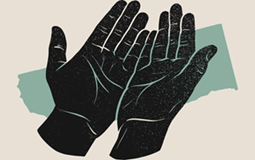
SEEKING A SHAMAN’S PROTECTION
In the dimly lit maloca, the shaman and Mateo are surrounded by a haze of cigar smoke. The shaman, whom Mateo respectfully addresses as abuelo, or grandfather, asks about the purpose of the journey, the intended route, traveling companions and the final destination.
Video: Andrés Cardona
With the help of mambe, cigars and ambil, a kind of tobacco paste, the shaman visualizes the journey ahead and anticipates potential hazards. He foresees encounters with dangerous animals, river pirates and even potential run-ins with the Brazilian Federal Police across the border.
“You have to take away the police’s ability to think, so they can’t catch people. Then you can go through calmly, thinking about other things,” he says.
In the Amazon, elders and shamans, who undergo decades of spiritual training, have traditionally employed rituals to heal the sick and ward off evil spirits. But now they are also sought out to protect those braving the dangers of the jungle while transporting marijuana and cocaine across international borders.
The shaman shows a small container of a dark-red paste called carayuru, which is made from a vine and possesses protective and preventive properties.
“You rub this on the belly button and lick it a little, and it’s like a defense,” he says. “They don’t look at you. You no longer face danger.”
Mateo, the father of two young children, swears by the effectiveness of the ritual.
“It’s important because it helps give you the strength to keep going. In all the little jobs you do, there has to be protection. It has to be there,” he says.
If [the shaman] says it’s dangerous, you don’t go. If he says it’s good, you go
— Mateo, a drug runner
Whether he accepts a job depends on the shaman’s advice.
“No, if he says it’s dangerous to work, then you don’t go. You stay. And if he says it’s good, you go.”
The abuelo says he does not demand payment for his spiritual services.
“For us, we learn that healing is not meant to be charged for,” he says. “We consider that to be wrong.”
Nevertheless, he acknowledges that for other shamans, it’s a business. For somewhere between 150,000 and 200,000 Colombian pesos (US$35 to US$45), a trafficker can safely pass his drugs through the jungle.
Another shaman, originally from a community near the Apaporis River but now residing in Leticia, a Colombian town on the Amazon River, admits to consulting for drug runners.
“They hire me, each carrier,” he says, sipping on a mid-morning beer while watching the Amazon River from one of the bars near Leticia’s fresh produce market.
One of his sons transports drugs through the jungle. The shaman acknowledges the presence of armed groups, but he is more concerned about soldiers who are on the lookout for drug traffickers. “I turn all their faces so they don’t look at the workers,” he says.
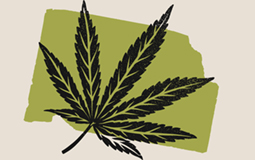
‘THE ONLY WAY OUT IS TO CARRY DRUGS’
Its location on the Caquetá River, which crosses the border into Brazil, makes La Pedrera a strategic transit point. The village has electricity from a diesel generator for only a few hours in the early afternoon and evening. But one of the riverside bars, surrounded by towers of crates of beer, stands out as an exception, blasting loud music throughout the village during most nights and days.
Besides the coffee-colored Caquetá, the Apaporis River is also nearby. Both rivers serve as crucial corridors for armed groups to transport troops, drugs and weapons. About 20 minutes upriver, local police and residents warn, there is a guerrilla checkpoint. So far, nobody has dared to interfere.
Marijuana Trafficking Routes from Colombia to Brazil
Most of the marijuana produced in Colombia is grown in the department of Cauca and transported by land and river toward La Pedrera and then to Brazil

Despite allegations, locals make an effort to deny involvement in cocaine trafficking and often claim that their main source of sustenance is fishing.
In confidential conversations, however, most admit that there is only one economy that actually keeps the village afloat.
“I’m telling you from experience that the only way out, here in Pedrera, is carrying drugs and marijuana,” says Wilton.*
Wilton, who worked as a drug runner for about 10 years, grew up in a poor family, like most village residents. “As a family, we suffered from an economic crisis, where my father, may he rest in peace, was barely supporting us, until my God allowed him to rest, and that was the end of it,” he says.
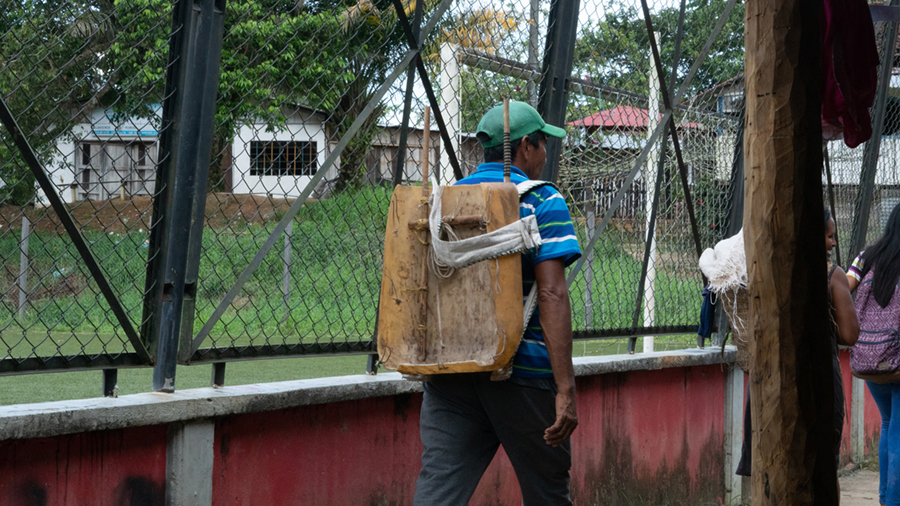
With no way to buy land and no job possibilities, there was only one option. “We met a group called the narcoguerrilla,” he says. “It was with them that we found the support we needed to get ahead. They gave us the first opportunities to progress economically.”
For 30,000 Colombian pesos (about US$7) a kilo, a group of young men began carrying 50- to 60-kilogram (110- to 132-pound) loads of marijuana through the jungle to a dropoff point in Brazil, allowing the guerrillas and drug traffickers to avoid military border controls on the river.
There are no jobs, no help from the government. Young people do this because there is no other option.
Wilton, a former drug runner
After a year, Wilton was able to buy a plot of land for about $2,700 and build a modest wooden house in La Pedrera, typical of Amazonian Indigenous communities, for about $1,600.
With a steady flow of cash, Wilton was able to organize his life.
“So that’s how we were living, working to survive in this small town, thanks to this work, because there are no jobs,” he says. “There is no help from the state, from the government, so young people do this because there is no other option.”
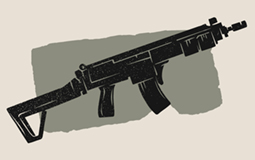
CAUGHT BETWEEN DRUGS AND FARC
Factions of the Revolutionary Armed Forces of Colombia (FARC) groups that did not sign the 2016 peace accords with the government operate around La Pedrera.
Dressed in military fatigues, a camouflage safari hat and rubber boots, a guerrilla leader who goes by the name of Danilo Alvizú is surrounded by heavily armed guerrilla troops during an appearance at a gathering in April in Llanos del Yarí, in Colombia’s Amazonian Caquetá department. A number of guerrilla commanders and their entourage have convened for internal discussions and to inform local communities about ongoing peace dialogues with the administration of Gustavo Petro. Alvizú commands the Carolina Ramírez Front of the dissident group that calls itself the Estado Mayor Central-Revolutionary Armed Forces of Colombia (EMC-FARC).
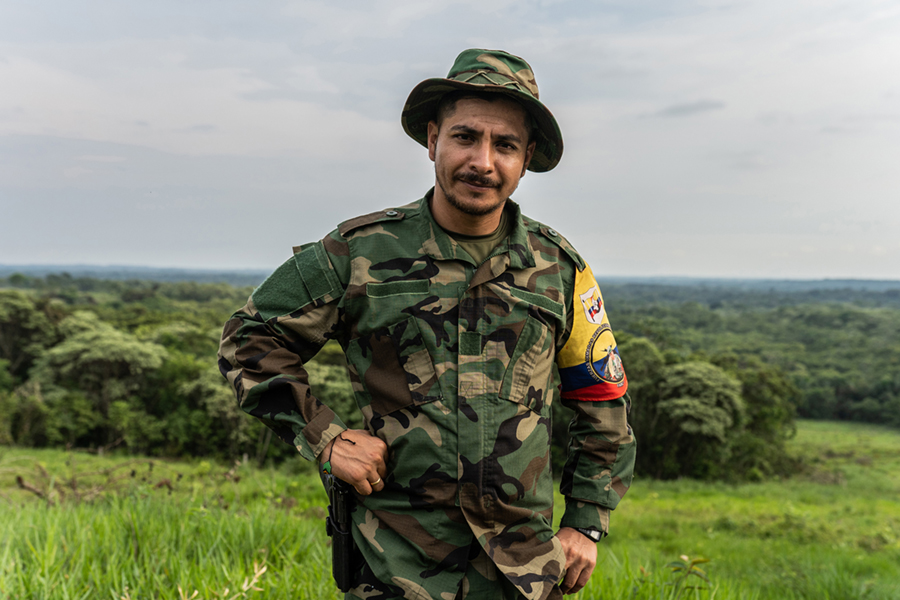
Alvizú himself carries only a handgun. Prominently displayed on his left shoulder is the unmistakable FARC flag, which combines the yellow, blue and red of the Colombian flag with a map of the country adorned with crossed machine guns and a book.
EMC-FARC claims to be the authentic FARC, in contrast to the group that demobilized after signing a 2016 peace deal with the Colombian government. Alvizú actually signed the accord, but later joined FARC dissidents.
The EMC-FARC, commanded by Néstor Gregorio Vera Fernández, alias Iván Mordisco, has grown in size and expanded its territorial control since 2020, as law enforcement operations became more sporadic during the COVID-19 pandemic.
Presence of Organized Crime and Armed Groups
To build this database, we consulted primary sources and documents in all the Amazonian border municipalities of Brazil, Colombia, Venezuela, Peru, Ecuador and Bolivia.
The guerrilla movement operates in several departments. The Carolina Ramírez Front, led by Alvizú, and the Armando Ríos Front have hundreds of combatants in the Colombian Amazon, according to government sources.
In the first four months of 2023, FARC dissidents recruited at least four minors in La Pedrera and another six in the neighboring areas of Puerto Santander and Mirití Paraná, unincorporated territories without municipal authorities. The Colombian government’s human rights Ombudsman’s Office has reported that the dissidents seek to “recruit children and adolescents for their armed operation or to work as cocaine transporters to Brazil.”
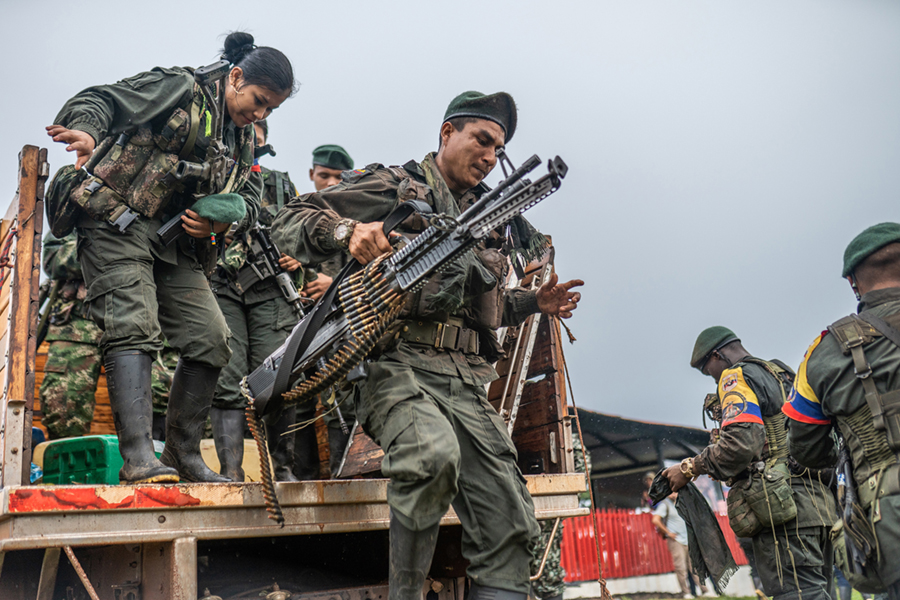
But Alvizú downplays his group’s strong influence in the border area. “Our presence on the Brazil border is very minimal,” says the rebel leader, who is notorious for commanding a front that allegedly has committed over a dozen massacres in the Colombian Amazon. Alvizú denies his group’s involvement in drug trafficking.
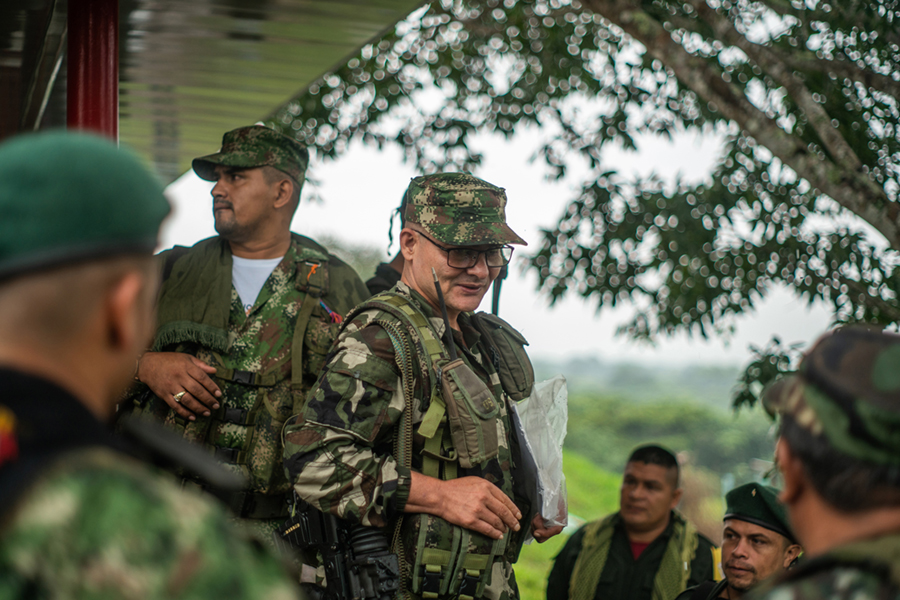
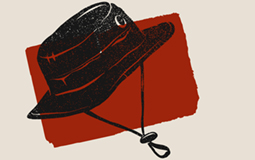
BRAZILIAN DRUG TRADE FINANCES FARC
Global attitudes toward marijuana are shifting, and countries including Italy and Australia have decriminalized possession of small amounts. Colombia legalized and regulated commercial cultivation of marijuana for medicinal and scientific use in 2016. In 2022, a Brazilian court ruled that three patients could cultivate cannabis for home medical use, a decision that could have nationwide implications.
Nevertheless, most production for recreational use remains criminalized, so marijuana is sold on the black market. The trade is controlled by armed groups and criminal organizations that partly finance their violent campaigns with income from the illicit marijuana trade.
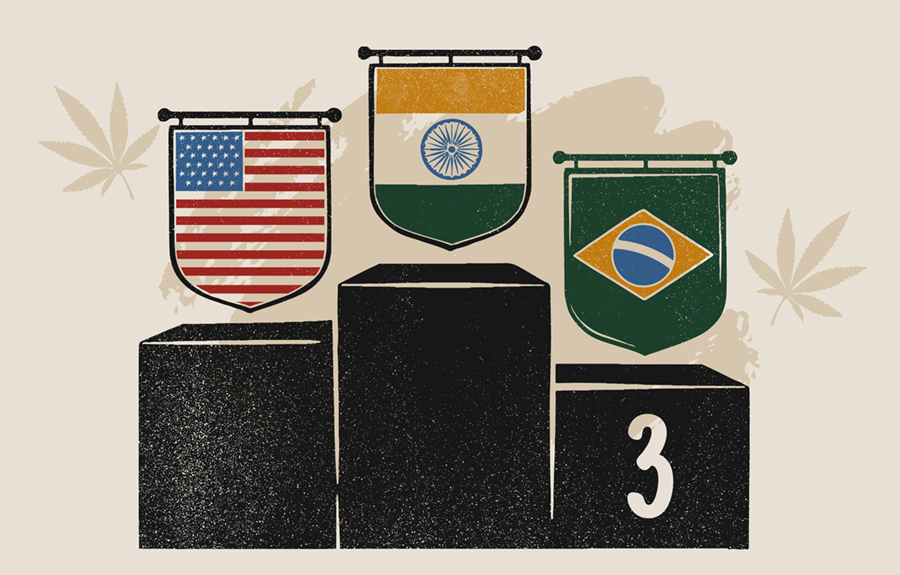
In 2020,
BRAZIL RANKED THIRD IN THE WORLD IN MARIJUANA SEIZURES,
after India and the United States, and Colombia took fourth place. Since the pandemic, demand for marijuana has only risen.
“Brazil has very active cartels that are constantly trying to contact dissident groups and drug traffickers in Colombia to acquire everything related to production of cocaine and marijuana,” says Harry Ernesto Reyna Niño, Colombian Navy chief of staff for force support, who was interviewed in June 2022, when he was vice admiral of the southern naval force.
Colombian guerrilla groups know where military controls are located and recruit residents of Indigenous communities for what authorities call hormigueo — “ant trafficking” — a reference to the way ants carry things through the forest. Local men transport loads destined for Brazil over forest paths and along small creeks.
Essentially, Reyna says, with the marijuana trade, Brazilian criminal organizations finance the violence perpetrated by armed groups in Colombia.
The trade in potent marijuana with high THC levels is attractive because of its high demand and value. While some of the marijuana is exported to Europe and eastern Africa, the bulk of the profit is made in the Brazilian market.
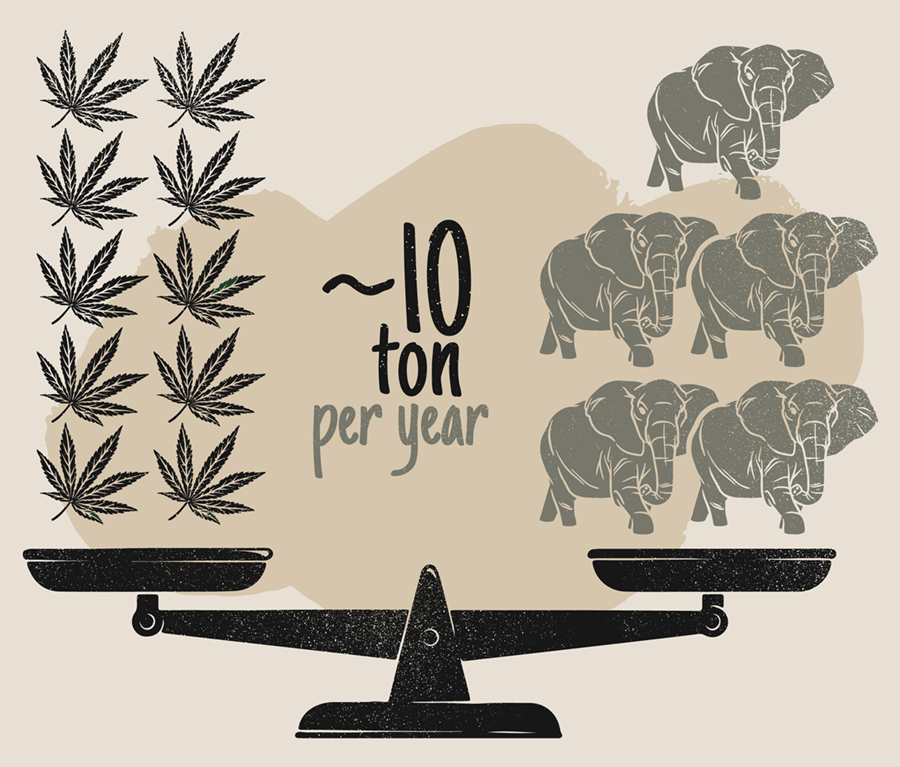
In May, in an emailed response to an inquiry from Amazon Underworld, the Colombian Navy said that
8 TO 10 TONS OF MARIJUANA A YEAR
have been seized in the Amazon region since 2012.
Essentially, with the marijuana trade, Brazilian criminal organizations finance the violence perpetrated by armed groups in Colombia.
Harry Ernesto Reyna Niño, Colombian Navy chief of staff for force support
When it comes to cocaine, however, Colombian guerrilla groups, who are primarily involved in its production and distribution, do not benefit from the substantial profits generated through international exports. That is because they hand the product over to Brazilian crime groups, who ship to the international market.In the Amazon and some other parts of Brazil, the price difference between potent marijuana and cocaine is minimal.
“That’s why it’s highly sought after in Brazil,” Reyna says. “We can be talking about one kilogram of high-quality marijuana having almost the same value as cocaine. This is of great importance to drug-trafficking groups in Brazil, such as the Familia do Norte, Comando Vermelho, PCC [Primeiro Comando da Capital] and others.”
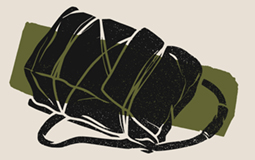
‘THIS WORK IS FOR THE TOUGH ONES’
In the discreet shadows of the trees and bushes on one of the numerous islands in the middle of the Caquetá River, Wilton feels at ease to talk about how he makes a living. After pulling the motorized canoe that brought him to the island onto dry land, he finds a fallen tree to sit on and lights a cigarette. When transporting drugs by river, pirates are a constant menace.
“If you’re transporting 500 kilos [1,102 pounds] of marijuana, the pirates will steal from you. Well, not really steal from you. They kill you with the famous AK, what they call an AK-47. They open fire on you,” he says, rolling up his shorts to show a bullet wound.

If you’re transporting 500 kilos [1,102 pounds] of marijuana, the pirates will steal from you. Well, not really steal from you. They kill you with the famous AK
— Wilton, a drug runner
Photo: Alex Rufino
To avoid not just pirates, but also law enforcement, groups of as many as 20 men prepare for a journey that can take up to three weeks.
“This work isn’t for everyone. It’s for the tough ones. Many people give up. To get things and look out for your family, you have to sacrifice your life completely,” Wilton says. “Along the way, I’ve seen our companions, the young groups who travel with us, kneeling down and asking God for forgiveness for all they have sacrificed in this life.”
Food does not last for the entire trip. The Indigenous men, experts in the jungle, hunt and fish, but there is not always enough time after a day of hiking.
“You have to endure hunger,” says Mateo, the man who sought out the shaman known as the abuelo. “Sometimes when your supplies run out, you may spend five more days going hungry, just drinking water.”
With his initial earnings, Mateo purchased a refrigerator and electrical cables to connect light bulbs in his home. He weighs that against the risks. The drug runners walk cautiously along the riverbank, constantly aware of the dangers that lurk.They start walking each day around 6 a.m. and go without resting until just before sunset, around 5 p.m. “We make a lot of money, but it’s very hard,” he says.
Despite his years of experience, Wilton also seeks out a shaman before each departure.
“They protect you,” he says. “Sometimes the federal police will attack or even kill you. [The shamans] guide you, so if you run into armed groups of federal police, they guide you right there. And when things go well, they carry your thoughts along the path. They take you to the delivery place, and then they bring you back.”
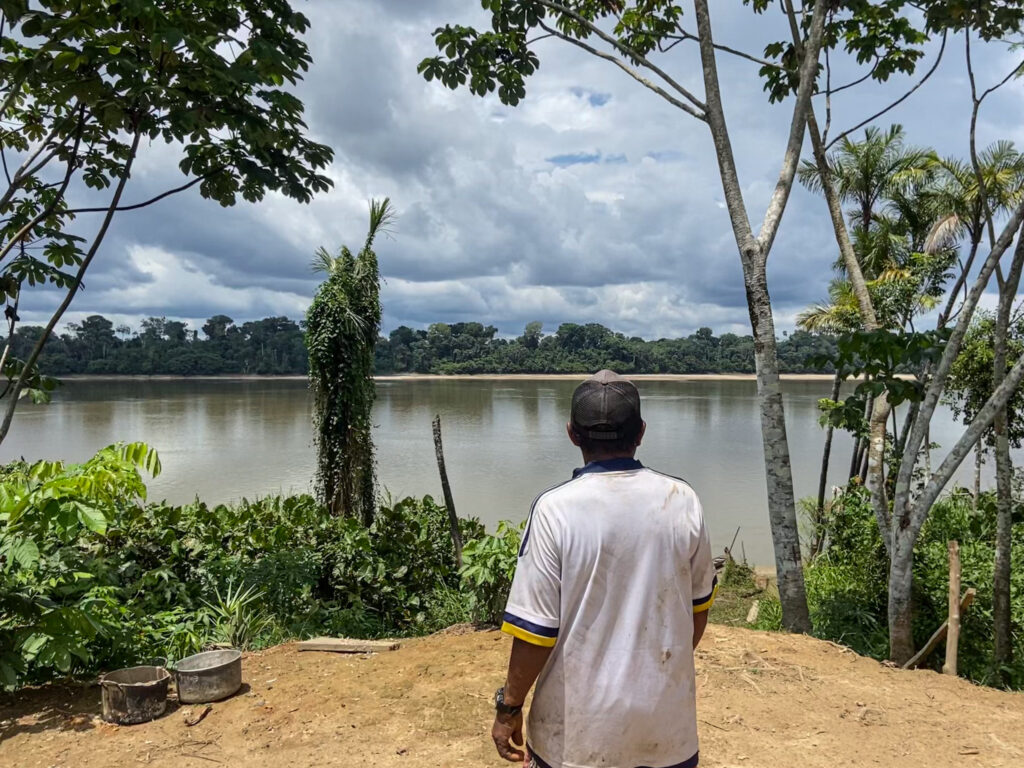
In the vicinity of La Pedrera, the shaman who led the ritual for Mateo wields a machete to clear a path through the dense vegetation surrounding his home on the Caquetá River. He cultivates a few coca plants for making mambe and grows cassava and plantains. Today, however, he is searching the overgrowth for native plants specific to his part of the Amazon, preparing to create another remedy. For him, anyone journeying into the perilous borderlands between Colombia and Brazil needs protection.
“If you go without defenses,” he says, “you surely want to die.”
* Names have been changed.
Amazon Underworld is a joint investigation of InfoAmazonia (Brazil), Armando.Info (Venezuela) and La Liga Contra el Silencio (Colombia). The work is carried out in collaboration with the Pulitzer Center’s Rainforest Investigations Network and financed by the Open Society Foundation, the U.K. Foreign, Commonwealth & Development Office and the International Union for Conservation of Nature (IUCN NL).


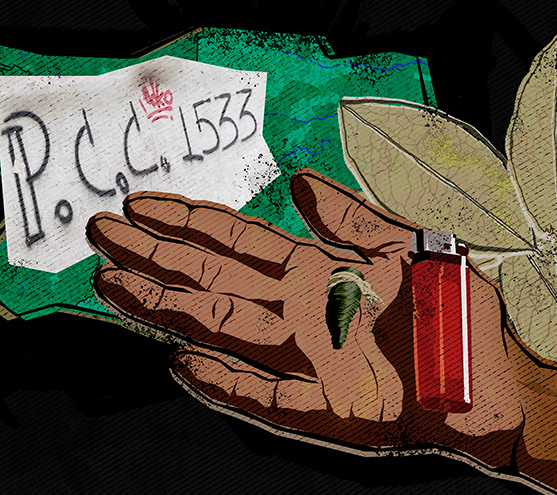

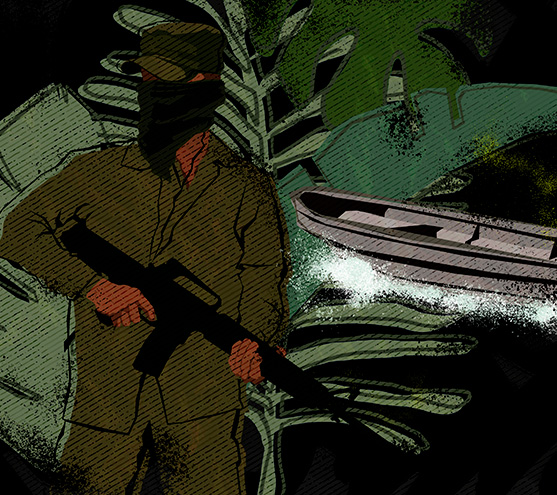
Great post! It’s worth noting that the illicit drug trade, including marijuana, has been a significant driver of violence and instability in many regions around the world. This violence can stem from competition between rival groups, territorial disputes, and attempts to control lucrative drug trafficking routes.